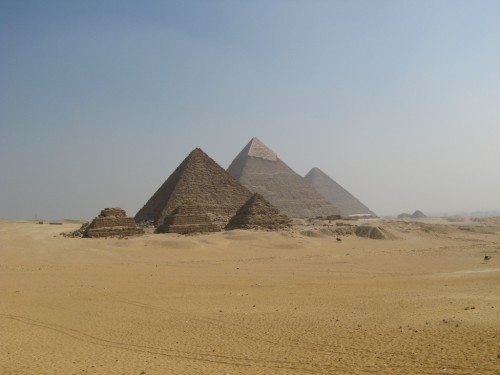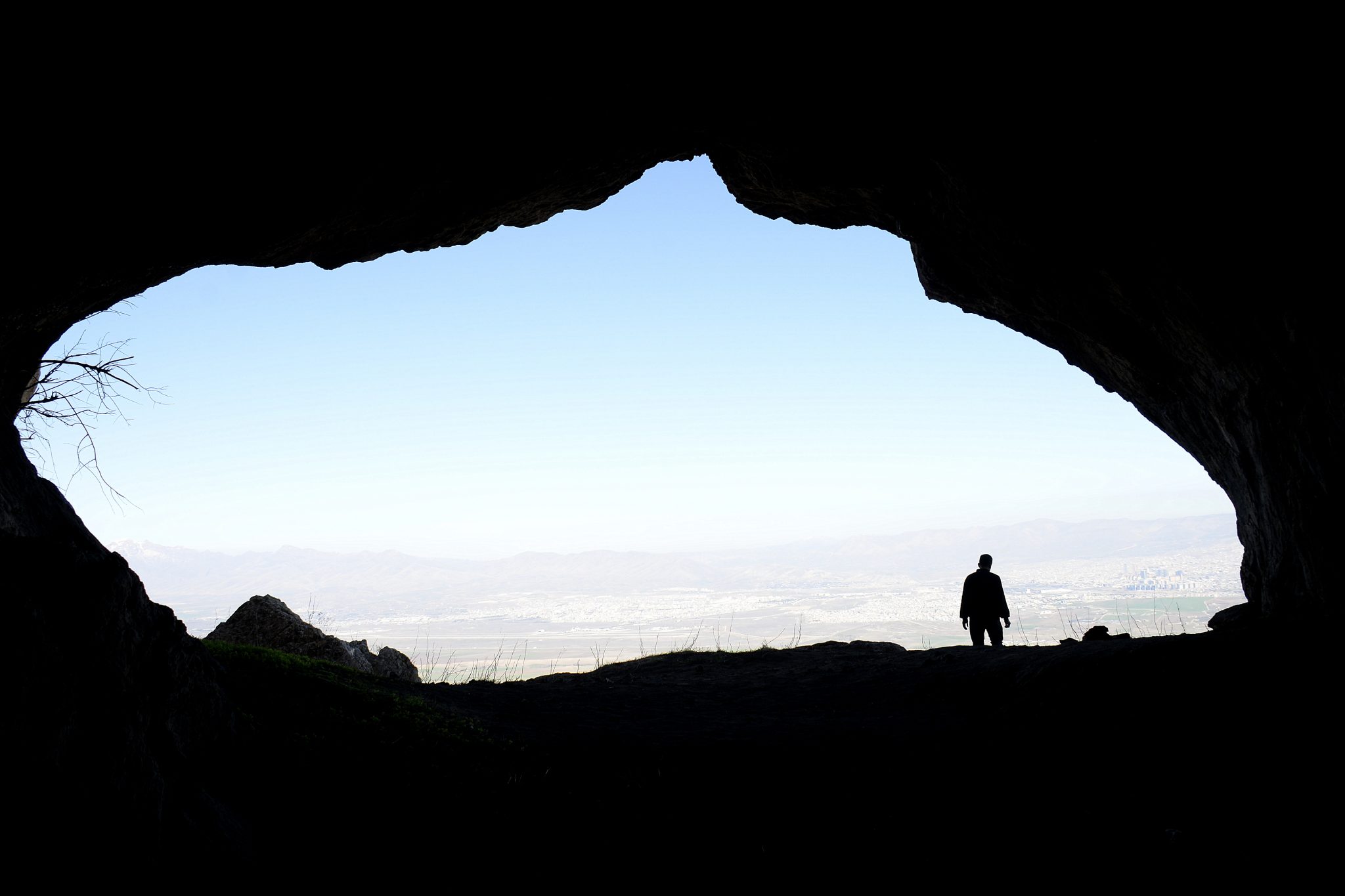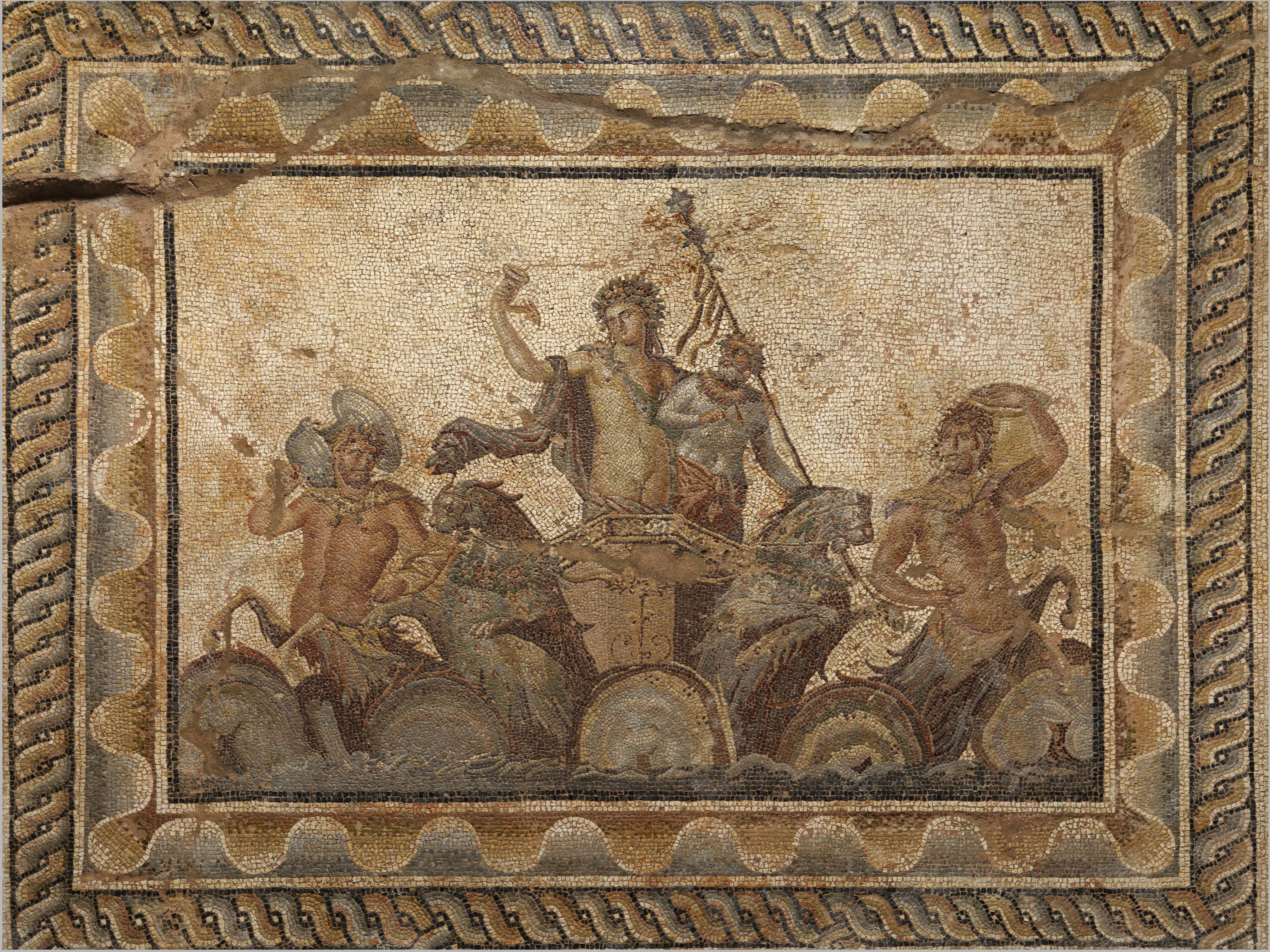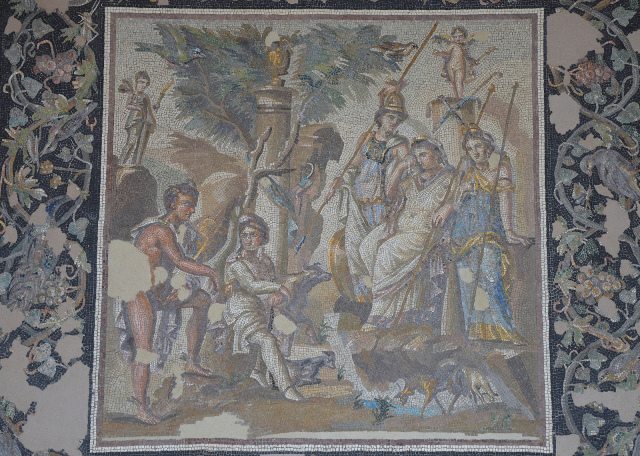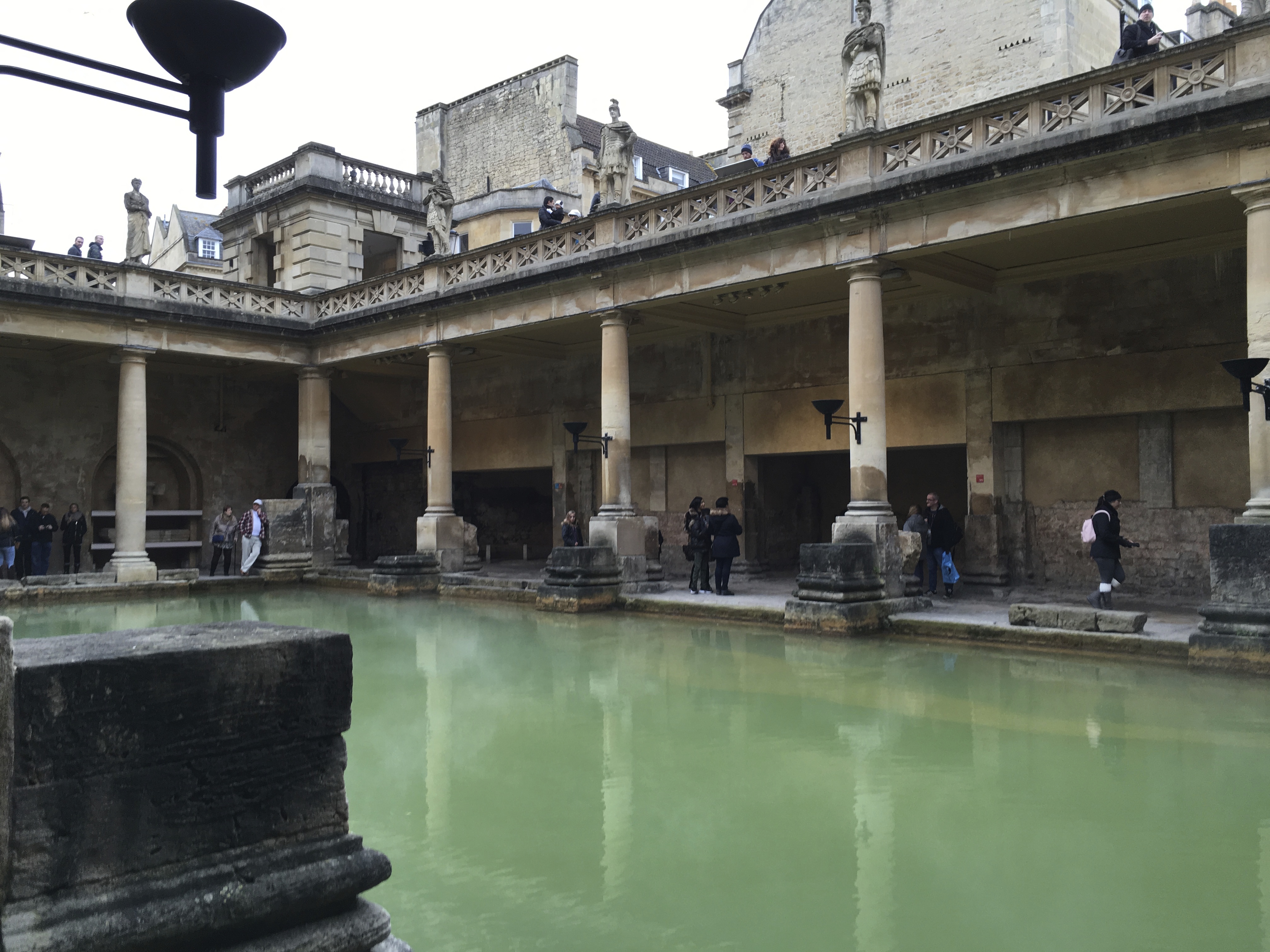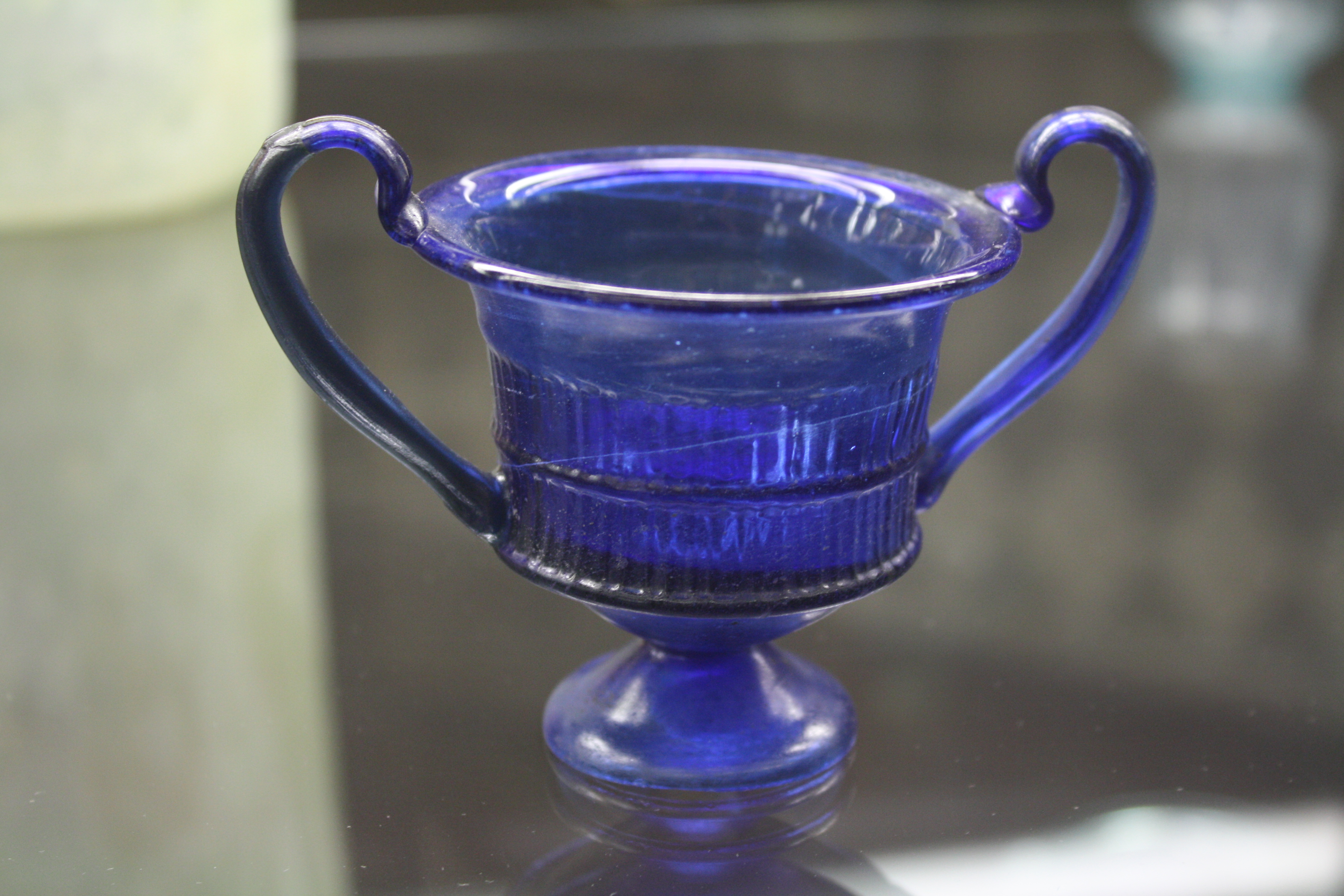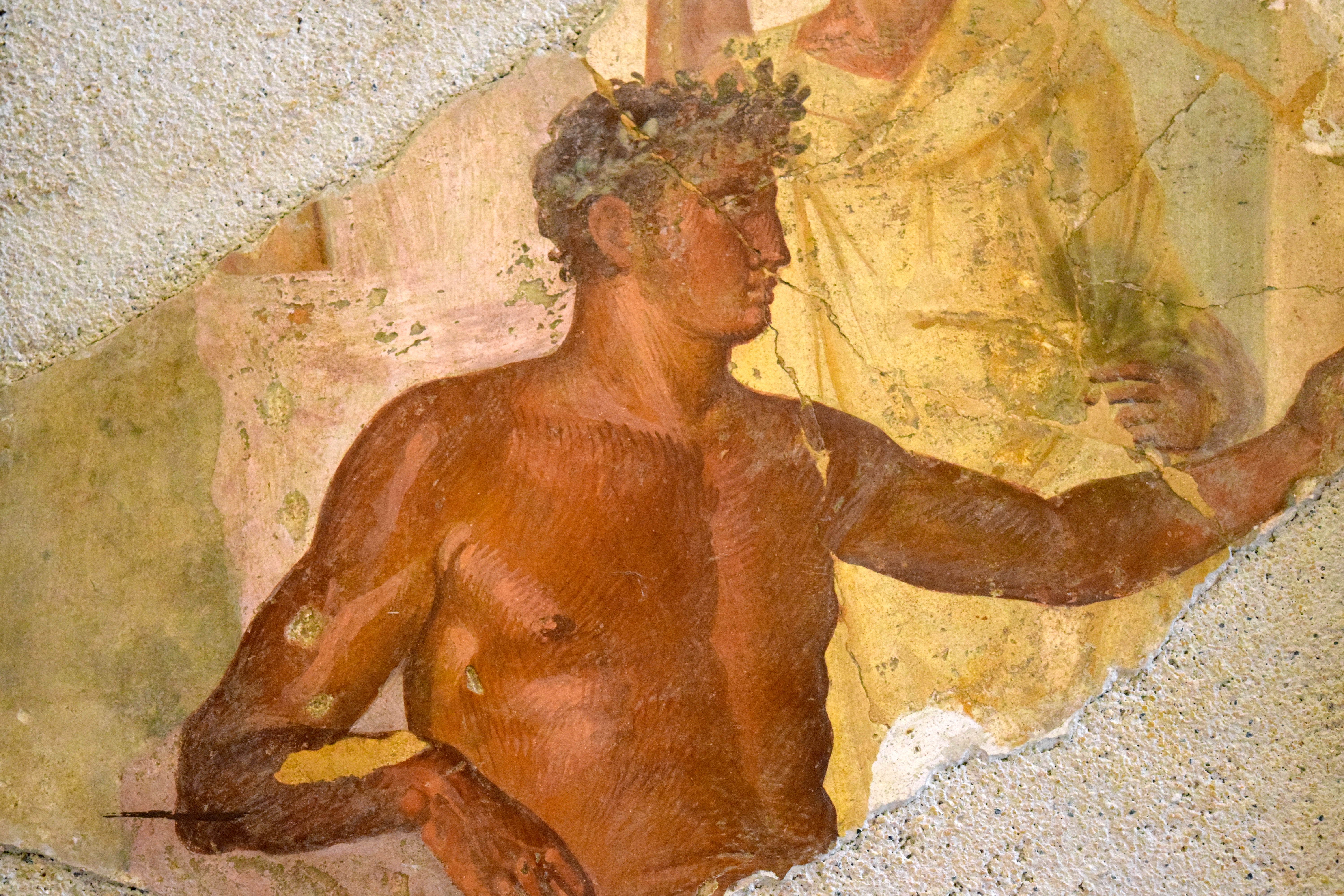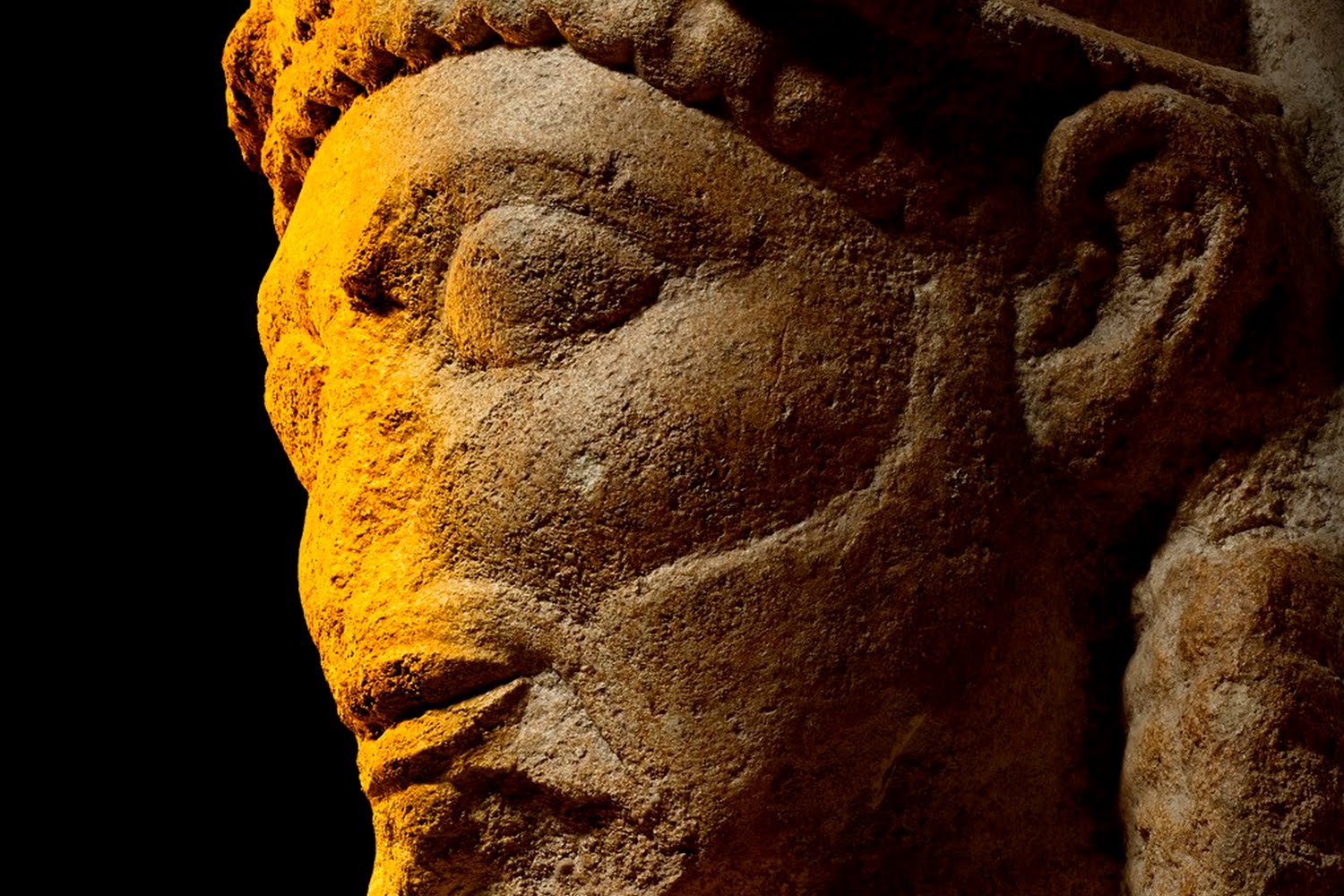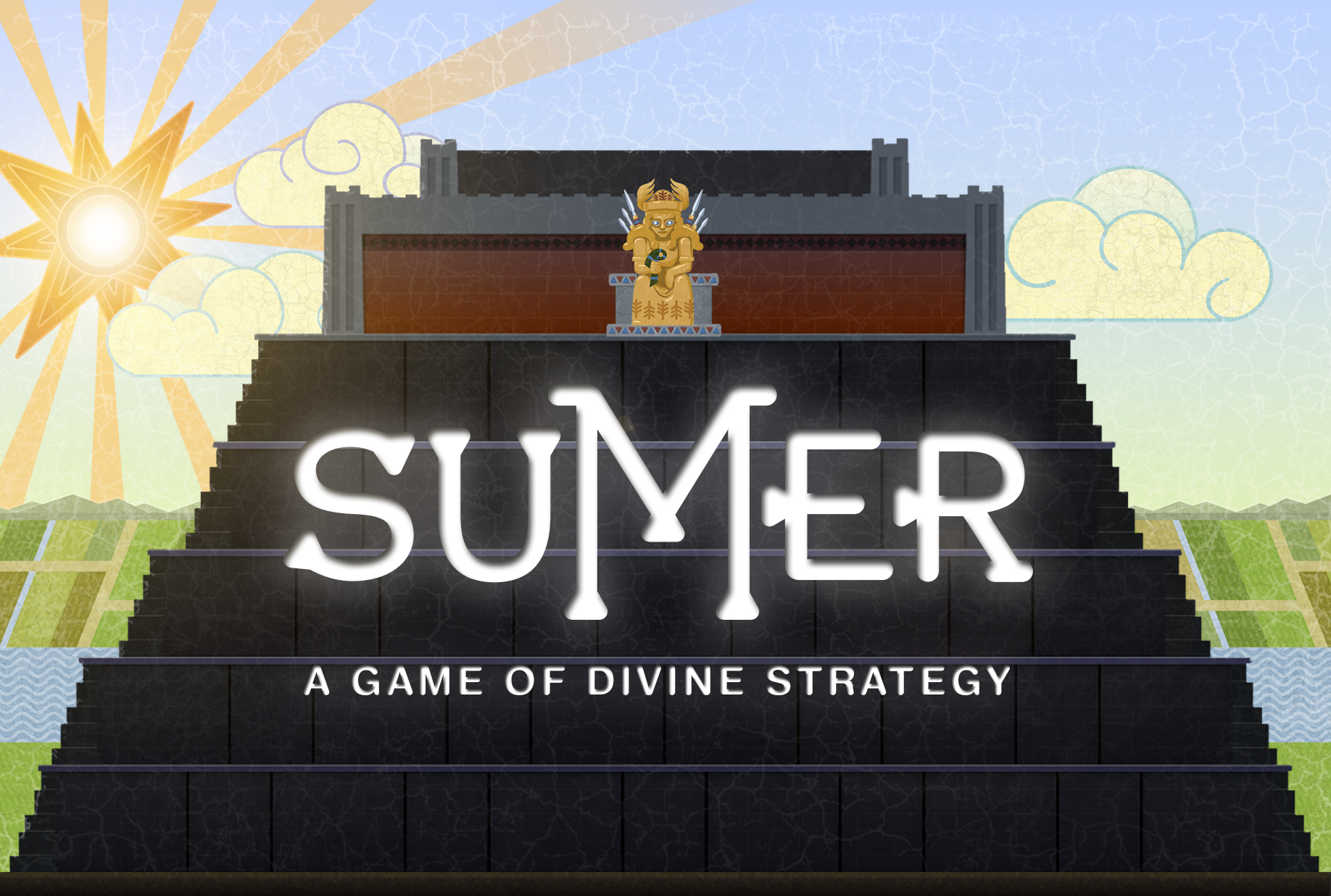Destinations Rich in History and Culture
The world contains numerous cultures, traditions, cuisines and languages that make excellent destinations for any history buff. The featured countries’ rich history and heritage evoke images of the days gone by and lure hundreds of tourists to taste their interesting cultures. Get a Taste of Italian Culture Known for its rich art and architecture, Italy has inspired the architecture of many Western nations. Be it Michelangelo’s statue of David or Leonardo da Vinci’s eternal portrait of the Mona Lisa, these artworks are beyond excellence and people from across the world still stand in large queues to glimpse these masterpieces. Some of the world’s famous structures like the Leaning Tower of Pisa, Colosseum and Sistine Chapel call Italy their home. It’s not just the art and architecture that attracts thousands of tourists to this beautiful country — it’s also a love for traditional Italian music and dance. Hordes of music lovers, singers, and musicians gather from different corners of the world to be part of country’s rich heritage. You will be amazed to know that today’s world-famous opera has …
